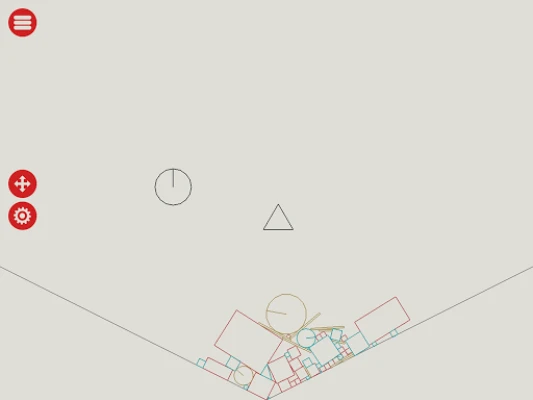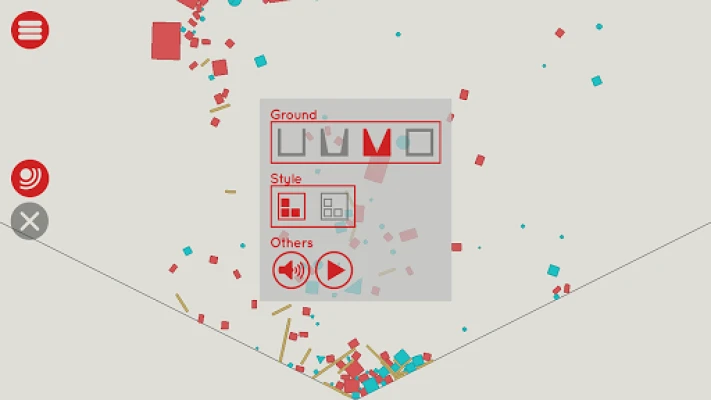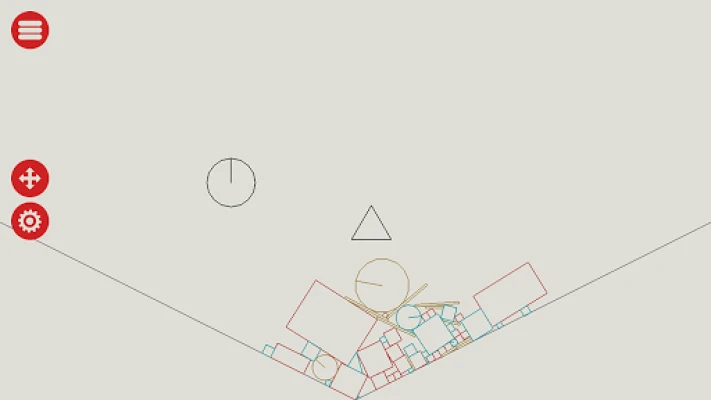
Latest Version
1.8.0
April 15, 2025
DAN-BALL
Games
Android
0
Free
jp.danball.ebox
Report a Problem
More About Elemental Box
Exploring the World of Physical Simulation Games: A Deep Dive into Realistic Gameplay
In the realm of gaming, few genres captivate players quite like physical simulation games. These innovative titles offer an immersive experience that allows players to engage with the real-world physics of various materials and shapes. This article delves into the fascinating world of physical simulation games, exploring their mechanics, benefits, and the unique experiences they provide.
What Are Physical Simulation Games?
Physical simulation games are designed to replicate the laws of physics in a virtual environment. Players interact with objects that behave according to real-world principles, such as gravity, friction, and momentum. This genre encompasses a wide range of games, from sandbox environments where players can experiment freely to structured challenges that require strategic thinking and problem-solving skills.
The Mechanics Behind Physical Simulation
At the core of physical simulation games lies a sophisticated physics engine. This engine calculates the interactions between objects, ensuring that movements and collisions mimic real-life behavior. For instance, when a player drops a heavy object, the game accurately reflects the impact and the resulting motion of surrounding items. This attention to detail enhances the realism and engagement of the gameplay.
Key Features of Physical Simulation Games
- Realistic Physics: Every action has a reaction, and players must consider the physical properties of objects, such as weight and elasticity.
- Dynamic Environments: Many games feature environments that change in response to player actions, creating a more immersive experience.
- Creative Freedom: Players can often manipulate objects in various ways, encouraging creativity and experimentation.
- Problem-Solving Challenges: Many titles incorporate puzzles that require players to apply their understanding of physics to succeed.
Benefits of Playing Physical Simulation Games
Engaging with physical simulation games offers numerous benefits beyond mere entertainment. Here are some key advantages:
Enhancing Cognitive Skills
Physical simulation games challenge players to think critically and solve problems. As they navigate complex scenarios, players develop their analytical skills and improve their ability to strategize. This cognitive engagement can translate to real-world applications, enhancing decision-making abilities.
Encouraging Creativity
These games provide a platform for creative expression. Players can experiment with different approaches to challenges, fostering innovative thinking. The freedom to manipulate objects and explore various outcomes encourages players to think outside the box.
Understanding Physics Concepts
For those interested in science and engineering, physical simulation games serve as an engaging educational tool. Players gain a practical understanding of physics concepts, such as force, motion, and energy transfer, making learning enjoyable and interactive.
Popular Physical Simulation Games to Explore
Several titles have gained popularity in the physical simulation genre, each offering unique experiences. Here are a few noteworthy examples:
1. Besiege
In Besiege, players construct medieval siege engines to complete various challenges. The game emphasizes creativity and engineering, allowing players to design intricate machines that can accomplish specific tasks, all while adhering to the laws of physics.
2. Kerbal Space Program
Kerbal Space Program invites players to build and manage their own space program. Players design spacecraft, navigate celestial bodies, and conduct experiments, all while grappling with the complexities of orbital mechanics and aerodynamics.
3. Human: Fall Flat
Human: Fall Flat is a quirky physics-based puzzle platformer where players control a customizable human character. The game encourages cooperative play and creative problem-solving as players navigate through various levels filled with challenges that require a solid understanding of physics.
Conclusion: The Future of Physical Simulation Games
As technology continues to advance, the potential for physical simulation games is limitless. With improvements in graphics, physics engines, and interactive environments, players can expect even more immersive experiences in the future. Whether for entertainment, education, or creative expression, physical simulation games offer a unique blend of fun and learning that appeals to a wide audience.
In summary, physical simulation games not only entertain but also educate and inspire. By engaging with these titles, players can explore the fascinating interplay of physics and creativity, making each gaming session a rewarding experience.
Rate the App
User Reviews
Popular Apps










Editor's Choice































